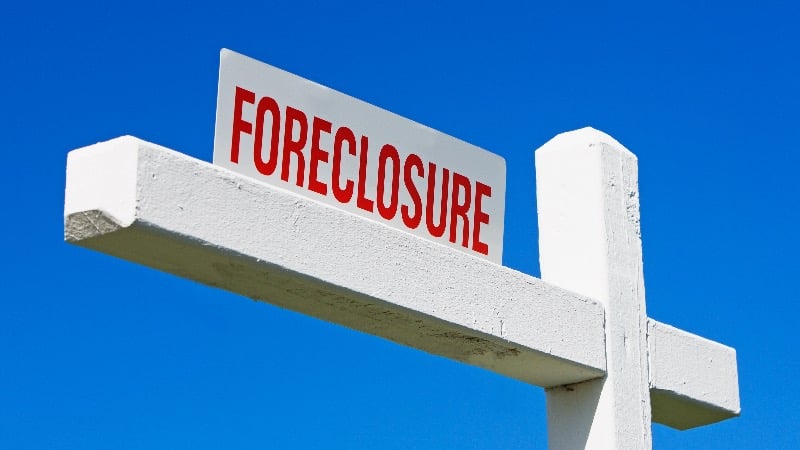The U.S. housing market is experiencing a concerning uptick in foreclosure activity, with new data revealing a significant increase in filings during the first quarter of 2025. According to real estate data firm ATTOM, March alone witnessed 35,890 foreclosure filings, representing an 11 percent increase from the previous month. The quarterly total of 93,953 affected properties marks a similar 11 percent jump compared to the last quarter of 2024, breaking a pattern of three consecutive quarters of declining foreclosure rates.
This reversal in trend can be attributed to several economic pressures converging on homeowners. Mortgage rates have remained stubbornly above 6.5 percent, creating particular hardship for those with variable-rate loans who initially secured their mortgages during periods of historically low interest rates. The ongoing effects of inflation have further strained household budgets, with regional disparities becoming increasingly apparent. States bearing the heaviest foreclosure burden include Delaware, Illinois, and Nevada, highlighting how economic challenges are affecting some regions more severely than others.

- Foreclosure filings rise in the U.S. Source: @jonasmerlins1
The increase in foreclosures reveals distinct patterns of vulnerability across different parts of the country. In particular, foreclosure starts—the initial phase of the process—climbed 14 percent from late 2024, with certain states experiencing dramatic increases. Kansas, Delaware, and Oklahoma saw annual increases exceeding 40 percent, demonstrating how quickly the situation has deteriorated in some regions. Major urban centers are not immune, with Chicago, New York City, and Houston reporting the highest absolute numbers of foreclosure filings.
ATTOM CEO Rob Barber offered a measured assessment of the situation, noting that substantial home equity in many markets has provided a buffer against a more widespread crisis. However, his observation that “some homeowners may be starting to feel the pressure of ongoing economic challenges” suggests this protection may be eroding as financial strains persist. The data indicates a housing market under increasing stress, with the potential for further deterioration if economic conditions don’t improve for struggling homeowners.
Looking at metropolitan areas, Columbia, South Carolina has emerged as the focal point of foreclosure activity with one in every 683 housing units affected by foreclosure proceedings. Other significantly impacted areas include Lakeland, Florida, and the California cities of Bakersfield and Riverside. These regional disparities highlight how foreclosure rates often reflect local economic conditions, with areas already facing economic volatility or recovering from natural disasters particularly vulnerable to housing instability.
In response to these challenges, policy interventions have shown mixed results. The Department of Housing and Urban Development has extended foreclosure relief for homeowners with Federal Housing Administration loans in hurricane-affected regions, providing targeted assistance to those facing multiple crises. However, controversy has emerged following the end of a program designed to assist veterans at risk of foreclosure, with Democrats expressing concern that the change could increase housing insecurity among this vulnerable population.
The foreclosure process itself is accelerating, with homes now taking an average of 671 days to complete foreclosure—12 percent faster than in late 2024. This timeline varies dramatically by state, from over 2,000 days in Louisiana and Hawaii to just over 100 days in New Hampshire and Texas. These shortened timelines mean homeowners in financial distress have less time to recover before losing their properties, potentially worsening the crisis for affected families.
While analysts project mortgage rates may decrease slightly to around 6.3 percent by year’s end, this modest relief may come too late for many homeowners already in distress. The current situation, while not yet comparable to the 2008 housing crisis, reveals significant vulnerabilities in the housing market. Home equity has thus far prevented a systemic collapse, but the increasing foreclosure numbers demonstrate that even relatively minor financial setbacks can push homeowners over the edge in the current economic climate.

